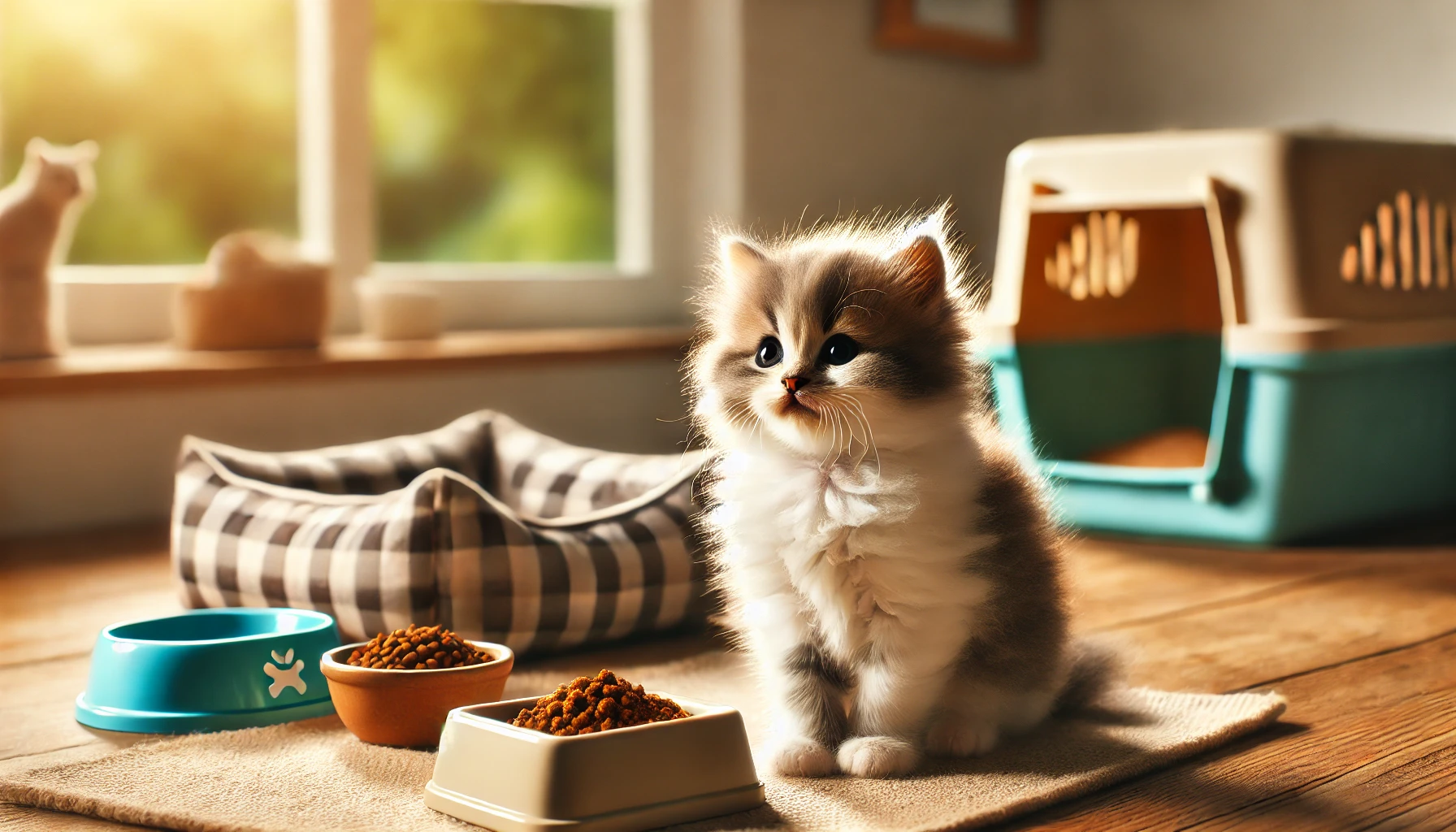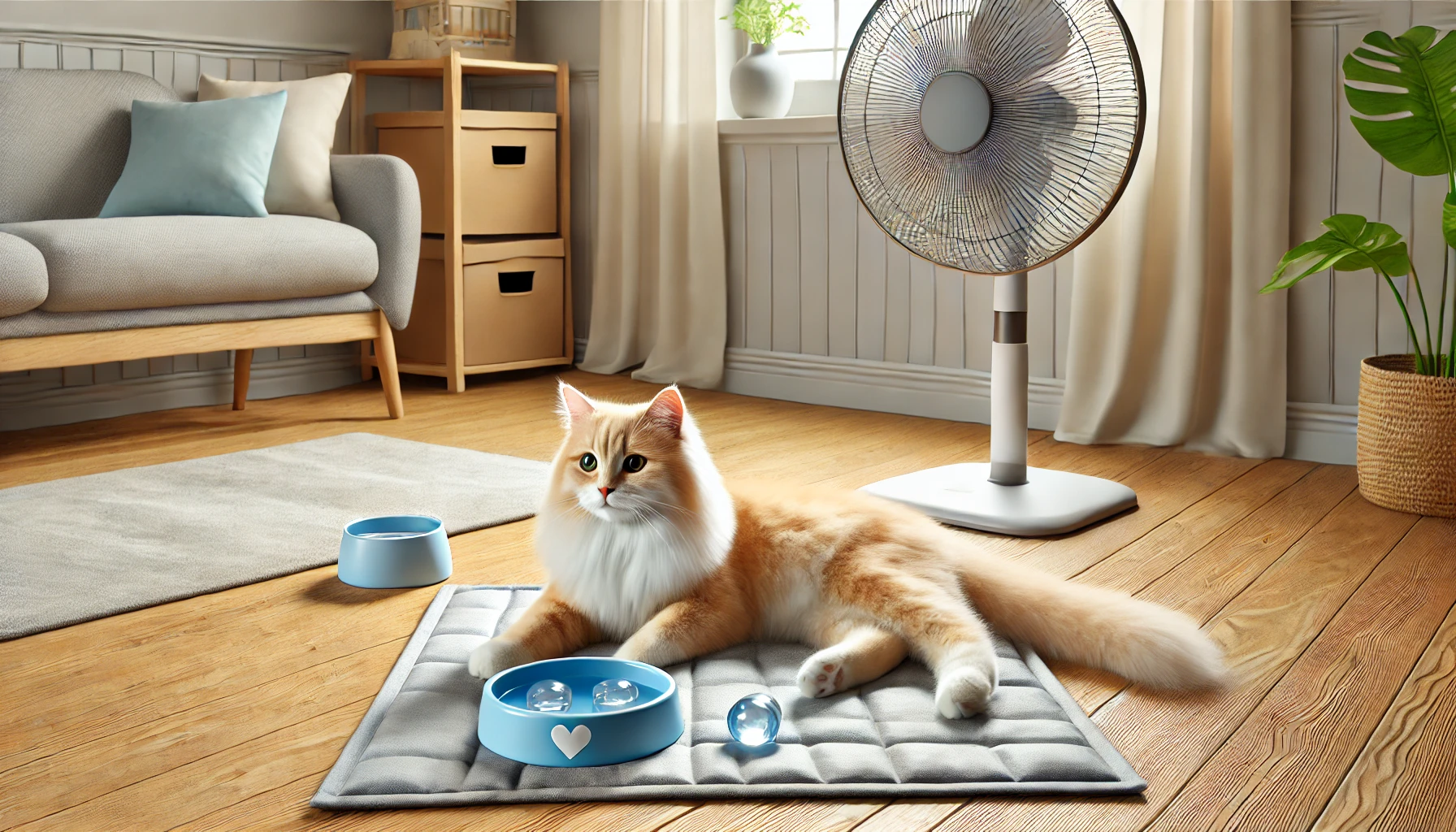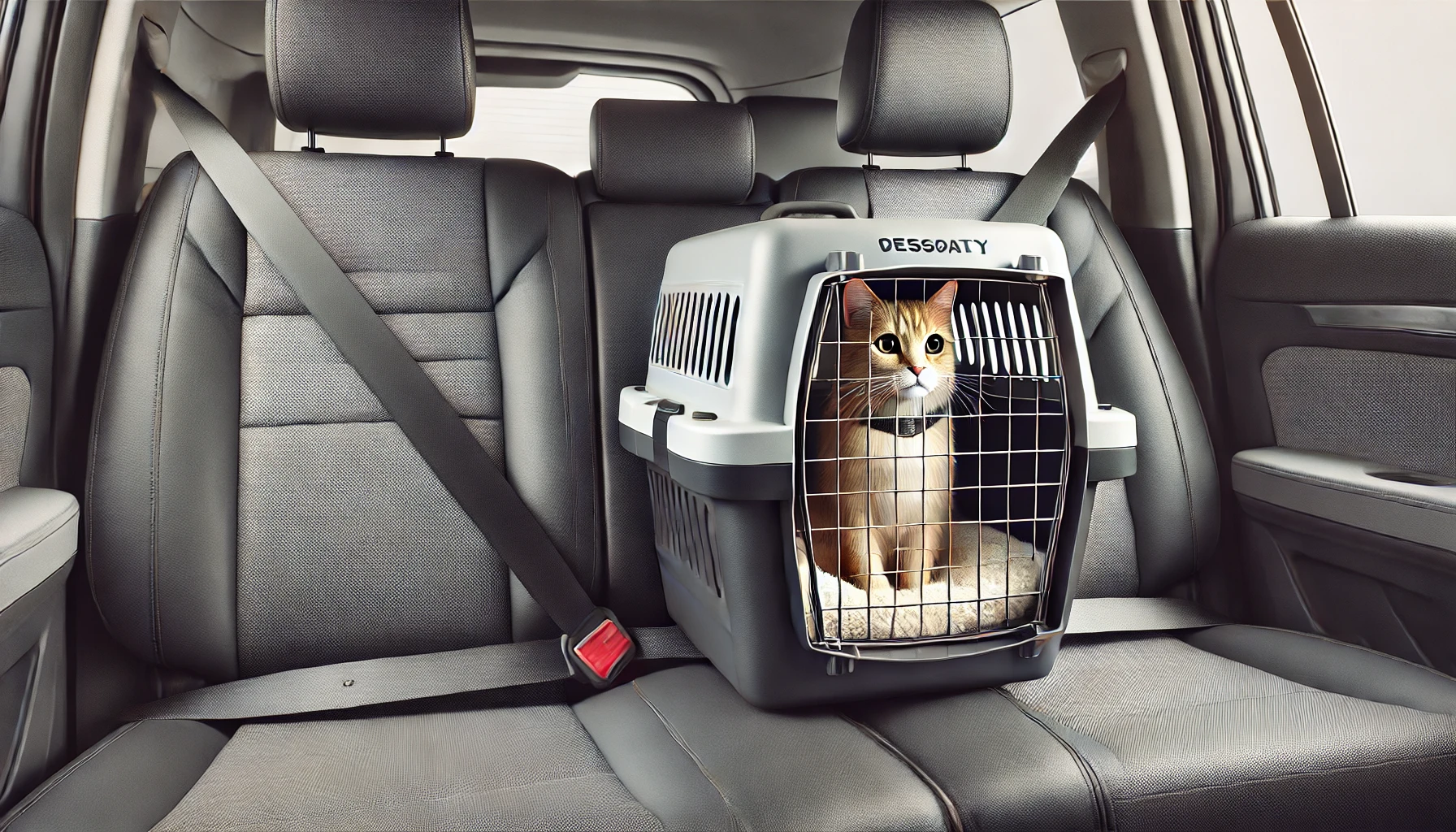Bringing a new kitten home is an exciting and heartwarming experience. However, kittens require special care to ensure they grow into healthy and happy adult cats. Whether you’re a first-time cat owner or just need a refresher, this guide will cover everything you need to know about feeding, hygiene, health care, socialization, and creating a safe environment for your
1. Preparing Your Home for a Kitten
Before bringing your kitten home, it’s important to kitten-proof your space. Kittens are naturally curious and may get into trouble if hazardous items are left around.
Kitten-Proofing Tips:
- Secure electrical cords – Kittens love to chew on wires, which can be dangerous. Use cord protectors or hide them.
- Remove toxic plants – Some houseplants, like lilies and aloe vera, are toxic to cats. Check your plants before the kitten arrives.
- Keep small objects out of reach – Buttons, rubber bands, and small toys can be a choking hazard.
- Store cleaning products securely – Chemicals and detergents should be locked away to prevent accidental ingestion.
- Block small spaces – Kittens can squeeze into tight spaces, so make sure there are no gaps behind furniture where they might get stuck.
2. Feeding Your Kitten Properly
Proper nutrition is essential for your kitten’s growth and development. Kittens have different dietary needs than adult cats, so it’s crucial to feed them the right food.
What to Feed a Kitten:
- 0–4 weeks: Kittens should be nursing from their mother. If the mother is unavailable, a special kitten milk replacement (not cow’s milk) should be given.
- 4–8 weeks: Gradually introduce wet kitten food mixed with milk replacer. This helps them transition to solid food.
- 8 weeks and older: By this time, kittens should be eating high-quality wet and dry kitten food. Make sure the food is formulated specifically for kittens, as it contains essential nutrients for growth.
How Often to Feed a Kitten:
- Up to 8 weeks: 4–5 small meals per day.
- 8–12 weeks: 3–4 meals per day.
- 3–6 months: 3 meals per day.
- 6+ months: Transition to 2 meals per day.
Always provide fresh, clean water at all times, and avoid giving your kitten human food, as some ingredients can be harmful.
3. Litter Training Your Kitten
Litter training is usually easy, as cats naturally prefer to bury their waste. However, here are some tips to make the process smoother:
Steps for Successful Litter Training:
- Choose the right litter box – A small, shallow box is ideal for kittens.
- Pick the right litter – Unscented, clumping litter is usually best for young cats.
- Place the box in a quiet location – Avoid busy areas to encourage proper use.
- Introduce your kitten to the box – Place them in the box after meals and naps.
- Keep the box clean – Scoop daily and change the litter regularly.
If your kitten has accidents outside the litter box, avoid punishment. Instead, clean the area thoroughly and try adjusting the box’s location.
4. Keeping Your Kitten Healthy
Essential Vet Visits
Taking your kitten to the vet for regular check-ups is crucial for their health. Schedule their first vet visit within a week of bringing them home.
Important Vaccinations:
- 6–8 weeks: FVRCP (protects against feline viral infections)
- 12 weeks: Second FVRCP and FeLV (Feline Leukemia)
- 16 weeks: Final FVRCP, FeLV booster, and rabies vaccine
Deworming and Flea Prevention:
Kittens are prone to parasites, so they need regular deworming treatments starting at 2–3 weeks old. Consult your vet for safe flea prevention products, as some over-the-counter treatments can be harmful to young kittens.
Spaying and Neutering:
Most vets recommend spaying or neutering your kitten around 5–6 months of age to prevent unwanted litters and reduce the risk of certain diseases.
5. Socializing and Training Your Kitten
Socialization is key to raising a well-adjusted cat. Kittens should be gently exposed to different people, sounds, and experiences from a young age.
How to Socialize Your Kitten:
- Handle them frequently – Pet and hold your kitten daily to build trust.
- Introduce them to other pets slowly – Allow supervised interactions with other animals.
- Expose them to different environments – Let them explore different rooms and safe outdoor spaces (if supervised).
- Encourage playtime – Interactive toys, feather wands, and tunnels help stimulate their mind and body.
6. Creating a Safe and Comfortable Space
A happy kitten needs a cozy and secure environment. Set up a kitten-friendly space with:
- A comfortable bed or blanket for sleeping.
- A scratching post to prevent furniture damage.
- Plenty of toys for mental and physical stimulation.
- A window perch for watching the outside world.
7. Signs of a Healthy Kitten
A healthy kitten should be:
✅ Playful and active
✅ Eating and drinking regularly
✅ Using the litter box correctly
✅ Having clear eyes, clean ears, and a soft coat
Warning Signs of Illness:
🚨 Loss of appetite or vomiting
🚨 Lethargy or weakness
🚨 Sneezing, coughing, or nasal discharge
🚨 Diarrhea or constipation
If you notice any of these signs, consult a vet as soon as possible.
Final Thoughts
Taking care of a kitten requires patience and dedication, but the joy of having a loving feline companion makes it all worthwhile. By providing proper nutrition, medical care, socialization, and a safe environment, your kitten will grow into a happy and healthy cat.




